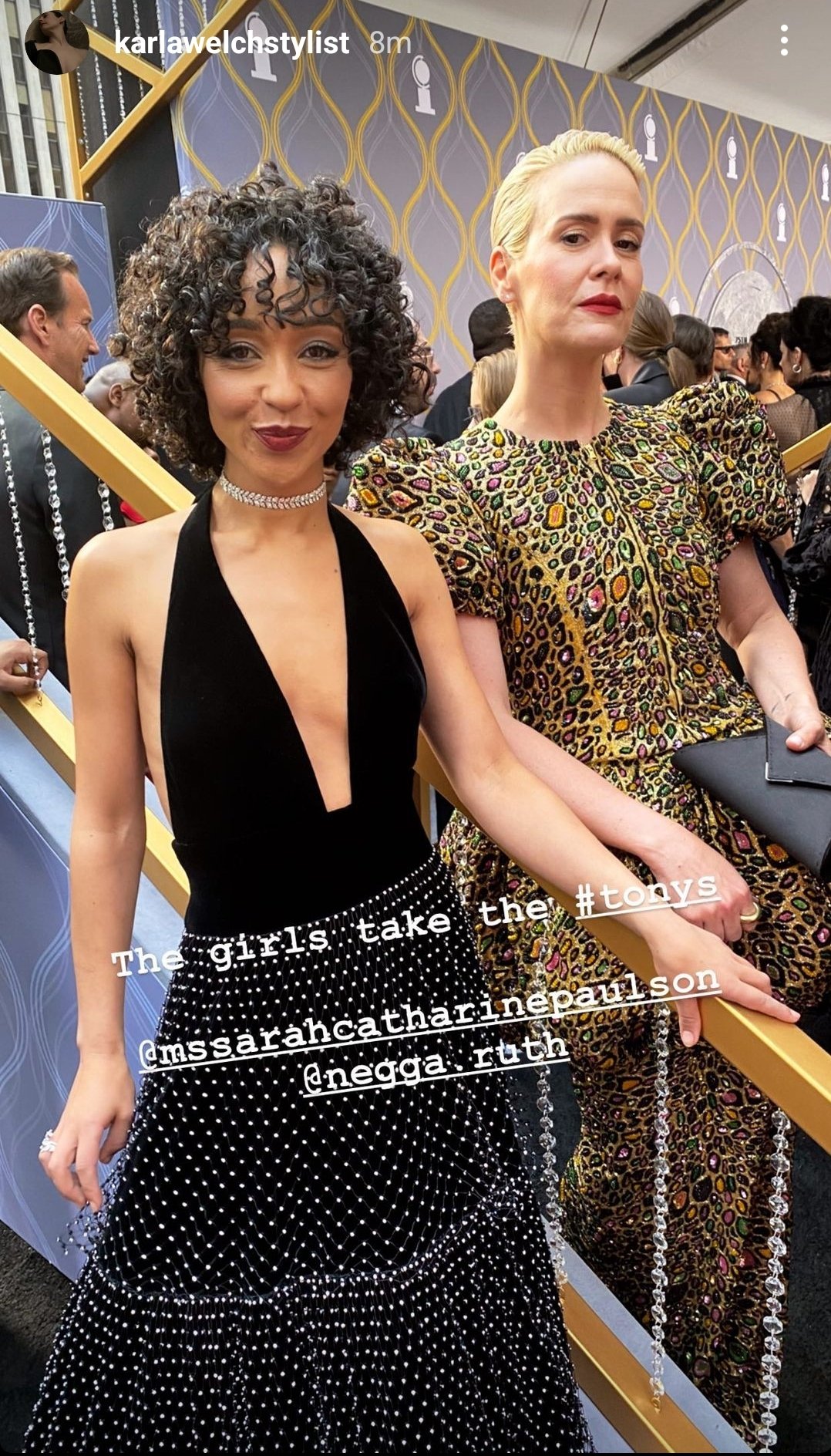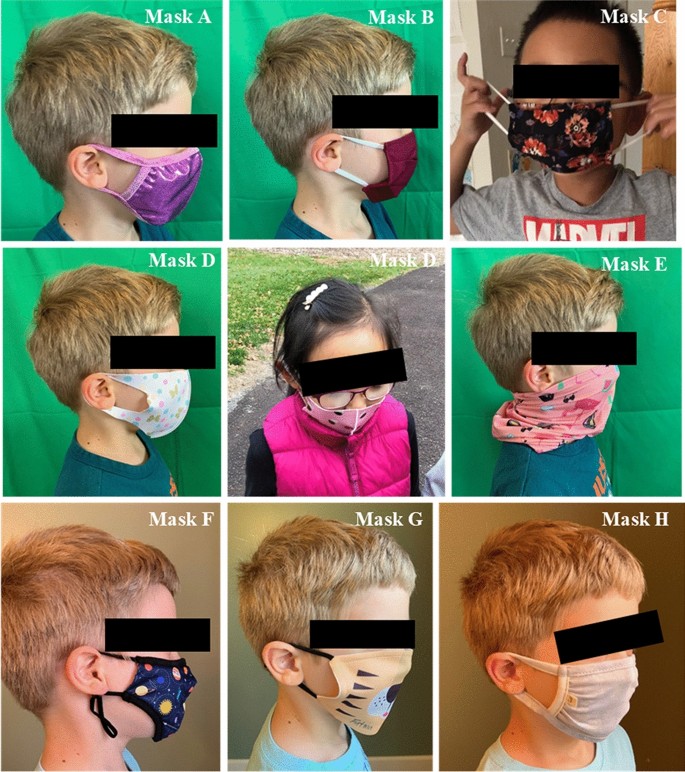Inspired by his grandfather, Italian designer Simon Cracker (real name Simon Botte) started his genderless fashion business in 2010, upcycling upholstery, curtains and vintage garments into eccentric luxury tailoring, dresses and printed separates. Twelve years on, he’s making his debut this month at Milan Men’s Fashion Week (Milano Moda Uomo, 14-17 June).
Upcycled menswear may be on the cusp of breakthrough in Italy — at last. “This is the first time we are seeing real acceptance in Italy, the first time we will have a showroom in Milan,” says Cracker, speaking from his studio in Cesena, Italy. “In Paris, with Japanese clients, it was much easier. They are a lot more accepting of upcycled fashion. This is a test because shops here still operate in the old way.”
Sustainable sourcing and material innovation have been front of mind across New York, London and Paris menswear for some years, led by award-winning menswear or co-ed brands such as Bode, Richard Malone and Bethany Williams. However, Milan has lagged behind and Cracker is one of a new generation of designers in the city for fashion week championing upcycling and material innovation.
It’s a challenge to a city that has preferred a more traditional approach. Cracker acknowledges that upcycling has been a hard sell in Italian luxury. His words are translated into English for Vogue Business by Filippo Biraghi, his brand coordinator, collaborator and sole employee. “For a long time, upcycling was badly perceived in Milan. The conversation was not on the table,” he says. “In 2010, everyone was focused on global luxury. No one understood what I was doing and there wasn’t a big budget to work differently.” Cracker’s Instagram bio sums up his experience: “Upcycling before upcycling was a word.”
But, there’s been a shift. Sales are steadily climbing, with revenue growing around 15 per cent over the last 12 months, according to the brand. Stockists include early adopters in Japan’s GR8 and 11747391, one small store in Berlin, eight small stores in Italy and the brand’s e-commerce operation, driven by its 11,400 Instagram followers. They declined to say how much, but the brand is profitable, with just Biraghi and Cracker on the payroll. The goal is to boost sales in order to afford more employees in the future, the duo says.
Jordanluca: Recycled ocean plastics
Milan is also the location this season for a show by luxury menswear label Jordanluca, founded in 2018 by Jordan Bowen, who is British, and Luca Marchetto, from Italy. Struggling to reach new stockists during the pandemic, the label turned a corner after being selected by Gucci to participate in showcase Gucci Fest in 2020. The following year, Jordanluca launched on the Gucci Vault retail platform, where it still sells today. It currently has 16 stockists including LA store H Lorenzo and London’s LN-CC. Sales are below €500,000 after a climb of 50 per cent in 2021, according to the brand, and revenues are expected to double again this year.
Eyeing international stockists, Jordanluca decamped from London to Milan for its Autumn/Winter 2022 show. The brand has consistently experimented with recycled ocean plastics to create some of its textured fabrics. Material innovation is a priority alongside a countercultural creative message based on a fusion of Italian tailoring with London edge.
For AW22, the brand used faux fur made from corn starch in jackets and cactus leather on jackets and trousers. For Spring/Summer 2023, the duo are experimenting further with cactus leather. Next up on the designers’ material agenda — leather made from fish scales, sourced from the sushi industry and from the scales of fish eaten by Amazonian communities.
Sourcing and selling: Not always easy
Simon Cracker sources fabrics from factory deadstock and discarded garments picked up from laundrettes in his native town of Cesena, close to Bologna. The SS23 collection, showing on Sunday, is titled Reality Bites, featuring pieces made from parachutes, embroidered upcycled bed sheets and secondhand garments.
Cracker was invited to show by Camera Nazionale della Moda Italiana this season, although the brand had to organise its own venue and live stream. Favours were asked from venues and videographers, while brand customers — aka “The Cracker Crew” — have been invited to walk the show.
The brand struggled with sales during Covid, like so many small fashion businesses. “Selling one of a kind and upcycled fashion is difficult anyway, but it’s almost impossible to do virtually,” Biraghi says. “After 30 years in the fashion business, I’ve realised that when you come up with something different or a new approach, everyone is a bit afraid of what’s going to happen. Stores immediately ask ‘what about sizing?’ and ‘won’t the clothes all look the same?’” The brand hovers around break-even, with ambitions to maximise stockists and build an enduring presence on the Milan scene. “We have rebuilt the business pretty much from scratch,” Cracker says.
Jordanluca has also struggled to attract new stockists during a period when many international buyers were unable to see collections physically. “They just absolutely refuse to buy anything new unless they can touch it,” Bowen says. “They need to see the lining and how it’s made, check if the buttonholes have threads sticking out. So, it’s been really difficult. But, we’re getting there.”
Magliano: Reinventing tradition
Gender-free Bolognese luxury house Magliano, launched in 2016, has established itself as a progressive fashion brand on the Milan menswear schedule. It’s stocked by stores such as Ssense and 10 Corso Como Seoul, with a growing presence in China. Sales hit €1.5 million in 2021, up 50 per cent on the previous year, according to the brand. Founder Luchino Magliano intends to expand its retail footprint in the US this year and build a DTC operation to reach customers outside its current markets.













